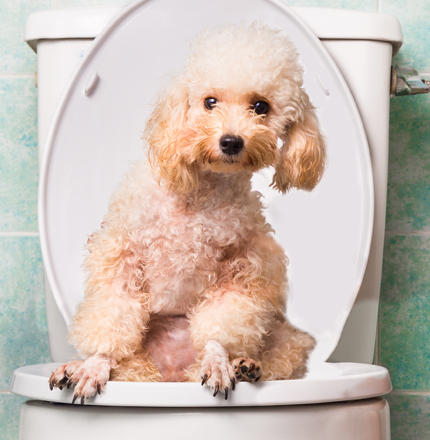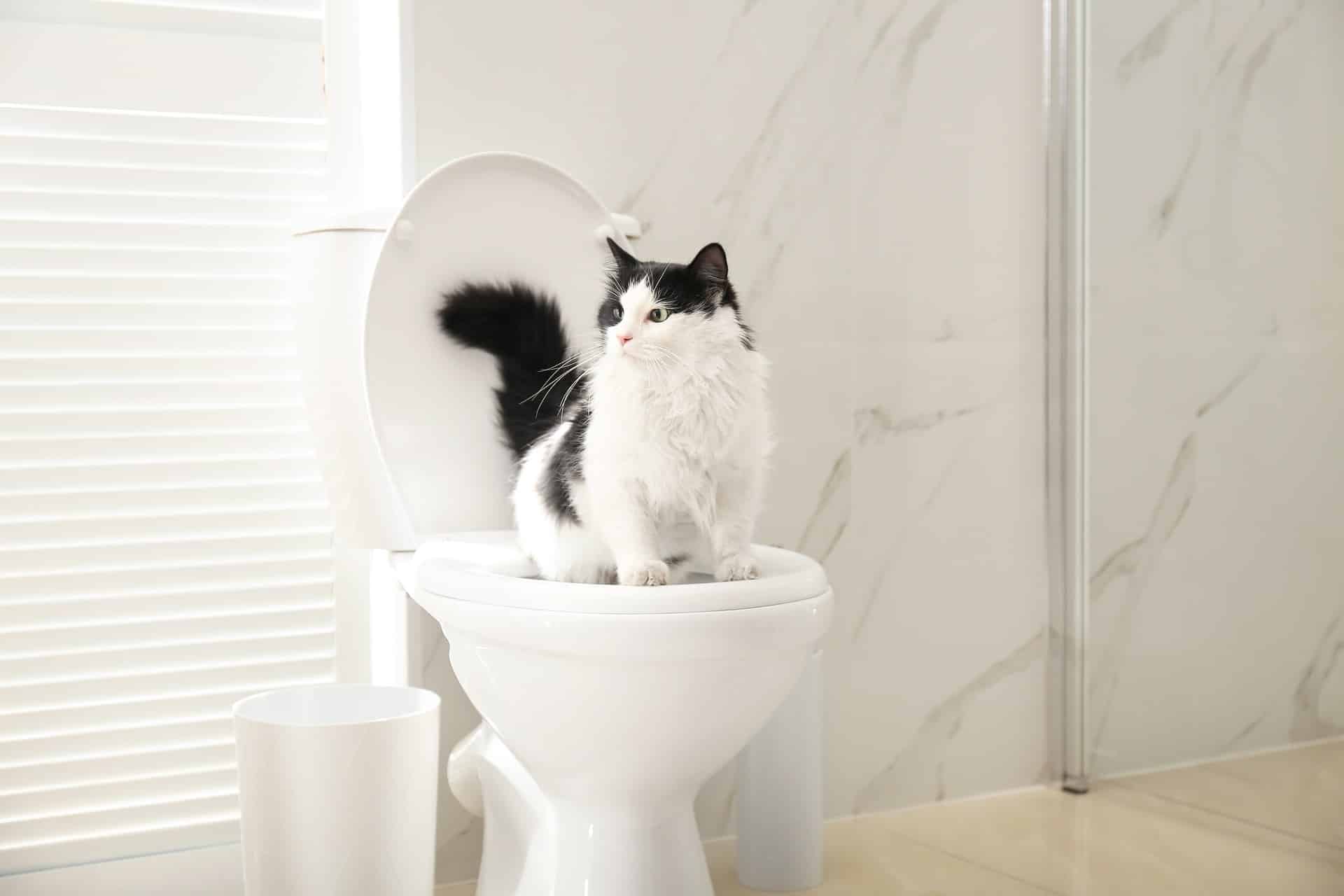What're your beliefs on Should you flush animal waste down the toilet?

When it comes to disposing of waste, particularly animal waste, many people commonly resort to the practical option of flushing it down the bathroom. Nonetheless, this seemingly very easy service can have severe consequences for the setting and public health. In this article, we'll check out why flushing pet waste down the commode is a bad concept and offer alternative methods for correct disposal.
Introduction
Appropriate garbage disposal is important for maintaining ecological sustainability and public health. While it might appear harmless to flush animal waste down the toilet, it can result in various issues, both for the setting and human health.
Threats of flushing animal waste
Environmental influence
Purging pet waste introduces damaging germs and pathogens right into rivers, which can negatively influence water communities. These pathogens can pollute water sources and injury marine life, interfering with delicate communities.
Public health problems
Animal waste has damaging microorganisms such as E. coli and Salmonella, which can position significant health dangers to human beings. Flushing pet waste down the commode can contaminate water materials, bring about the spread of diseases and infections.
Alternatives to flushing
Instead of flushing animal waste down the bathroom, there are numerous different disposal methods that are much more eco-friendly and sanitary.
Composting
Composting animal waste is an eco-friendly means to dispose of it. By composting, organic matter is broken down into nutrient-rich dirt, which can be made use of to feed yards and plants.
Garbage dump disposal
Disposing of pet waste in a garbage dump is one more alternative. While not as eco-friendly as composting, it is a much safer option to flushing, as it avoids the contamination of water sources.
Pet dog garbage disposal systems
There are customized pet dog garbage disposal systems readily available that securely and hygienically take care of pet waste. These systems usually use enzymes to break down waste and eliminate smells.
Steps to correct pet garbage disposal
To ensure appropriate disposal of pet waste, adhere to these actions:
Scooping and landing waste
On a regular basis scoop and bag pet waste making use of naturally degradable bags. This avoids waste from contaminating the setting.
Using designated waste bins
Dispose of bagged animal waste check here in assigned waste bins, such as compost bins or landfill bins. Avoid flushing it down the toilet whatsoever expenses.
Cleaning litter boxes and pet locations regularly
Regularly tidy litter boxes and animal areas to prevent the build-up of waste and germs. Use pet-safe cleaning products to maintain health.
Advantages of appropriate disposal techniques
Taking on correct disposal techniques for animal waste offers numerous advantages:
Decreased environmental pollution
Proper disposal approaches minimize the danger of environmental pollution, safeguarding rivers and ecological communities from contamination
Lessened danger of water contamination.
By avoiding flushing pet waste down the toilet, the danger of water contamination is considerably lowered, protecting public health.
Boosted cleanliness and health
Proper disposal techniques advertise better hygiene and hygiene, producing a more secure setting for both humans and animals.
Final thought
Finally, flushing animal waste down the toilet is dangerous to the setting and public health. By taking on alternative disposal techniques and complying with correct waste monitoring techniques, we can decrease the adverse influence of pet waste and contribute to a cleaner, much healthier planet.
Can You Flush Dog and Cat Poo Down the Toilet?
Cat poo often contains a highly resistant parasite called Toxoplasma that can infect people and animals. Many municipal water treatments do not have equipment or processes to kill it (as they're designed for humans who don't poop this parasite!) meaning it would pass into our waterways, posing a risk to humans and animals alike. It can even prove fatal for some wildlife.
Many studies have shown that so called biodegradable and 'flushable' products, including flushable poo bags, don't actually disintegrate as claimed. This is primarily because they're designed to biodegrade in warm water, not cold water, like that in our toilets. In fact, 'flushable' poo bags have historically caused $8 million in blockages in Australia so it's not recommended to try flushing these bags, despite what they claim! The same goes for cat litter. Our old sewage systems are only designed for the 3 P's - Pee, Poo and Paper and can easily get blocked if anything else is thrown in.
So what about dog poo (without the bags)?
Again, dog poo is considerably different to human poo. It contains twice the harmful bacteria and viruses and also contains unique parasites. One particular parasite, Toxocara, is highly resistant to high temperatures. Our water treatment facilities are not designed to deal with dog poo pathogens such as this so there's a chance that they will pass through and contaminate our waterways if flushed down the toilet. Toxocara can also infect humans, causing blindness in children and infect animals so presents a public health risk. This is why many waste water treatment plants advise against flushing any type of pet poo down the toilet, due to the extra pathogens it contains.
Dog and cat poo can also contain medicines, such as parasite treatments, which can be highly toxic to aquatic life and may threaten the stability of entire ecosystems. Medicines are much trickier to clean from sewage and will likely pass unchanged into our waterways.
Scalability
There's also the question of whether flushing pet waste could really ever be a viable widespread solution. Could our old sewage systems really cope with the additional faeces of 12 million dogs and 10 million cats if everyone starting flushing their pet's poo? It's unlikely!
We contacted Wessex Water and South West Water on the matter of flushing pet poo and both gave different answers. The former advised it was safe to do so, while the latter strongly advised against it! This may be due to their different treatment processes which can vary depending on location. However both water companies agreed that you should never flush any 'flushable' products down the toilet, even if they claim to be safe to flush as in real world this just simply isn't the case and they often cause costly blockages. They emphasised that only the three P's - Poo, Paper and Pee should ever be flushed down the toilet.
Conclusion
In summary, never flush biodegradable or 'flushable' poo bags or cat litter down the toilet. We also feel it's safer to avoid flushing cat and dog faeces, due to it's pathogenic content, the unknown risks of parasite treatments and medicines on wildlife and the wider environment and due to the inconsistent advice. Dog poo may be disposed in a well managed compost or wormery, rather than down the toilet. If you are still really keen to flush pet poo, make sure you speak to your local water treatment plant before you do so, as they may or may not have the treatments to safely process it.
If you dispose of your pet's waste in general waste then ensure to do so in the most eco-friendly way by using recycled poo bags such as Award Winning ReSEAcled poo bags. Experts advice it's better to re-use waste that was already destined for landfill or incineration rather than using poo bags made form virgin materials because this helps reduce plastic production, reduce plastic pollution and cuts carbon emissions and energy use. ReSEAcled poo bags are also the world's first Plastic Negative poo bags, removing 5 times as much plastic from the environment than they use! Click here to learn more.
https://petimpact.co.uk/blogs/poo-revolution/can-you-flush-pet-poo-down-the-toilet

We had been made aware of that article on 4 Reasons Why Dog Poop Cleanup is Important from an acquaintance on a different blog. Sharing is good. Helping others is fun. I take joy in your readership.
Click Here